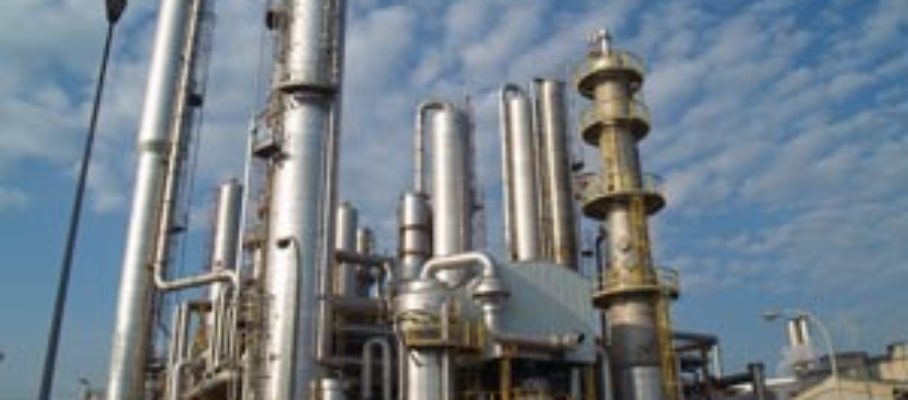Dec 25 2011
Work Cells in Process Plants: Virtual or Pretend?
Via Scoop.it – Cellular manufacturing
In the latest issue of the AME’s Target magazine, Peter King explains how he has applied the cell concept in process plants, but his cells are virtual, meaning that their implementation does not involve relocating equipment. In the case of synthetic rubber at Dupont’s plant in Louisville, KY he reports decreasing scrap and lead time by 28%, and decreasing finished goods inventory by 50%. There is no mention of improvements in Productivity, WIP and Raw Materials inventory, or Space Requirements.
While these improvements are substantial and respectable, they are not up to cell benchmarks: reductions of 80% to 90% in lead time, inventory and defect rates, with a 30% to 50% increase in productivity, all in 25% to 30% less space. But that cannot be achieved without moving equipment…
If you can’t move the equipment, I prefer to call it managing monuments than implementing cells. Since you can’t get from managing monuments the order-of-magnitude performance boosts that you get from cells, I prefer to keep the distinction in sharp focus rather than blur it by pretending that “virtual cells” are cells. Where cells apply, they are wonderful, but they are not a panacea. Even in discrete, mechanical manufacturing plants, there are often a few areas like, Heat Treat, Electroplating or Painting, where cells are difficult or impossible for now, and the skill of managing monuments is necessary.
Via www.ame.org

December 25, 2011 @ 6:23 pm
Michel, I have implemented “team management”, work teams, management teams, etc., in both chemical and pharmaceutical plants. The percentages you cite should not be used as standards. You have to know how high or low was the baseline and what that means in that particular type of manufacturing. In a pharmaceutical plant the product is made in “batches” following “batch sheets.” Think of a recipe for meal and following the recipe. All of the product is unseen and untouched by human hands, flowing through pipes, etc. It cannot be compared to assembling a physical product in a traditional manufacturing plant.
The important results that the teams can achieve are reducing batch sheet errors, which create waste in materials, delays, etc. They can also achieve things like reduction in environmental problems, safety improvement, etc. Speeding the flow and reducing in process inventory are not as relevant as they are in other types of manufacturing. But, the important thing is that teams can still track their performance as teams, study their process, reduce errors and variability, and find improvements that can have very significant payoffs.
I believe, however, that the best results will come from the managing teams doing their work better.
Cheers, Larry Miller
December 25, 2011 @ 8:31 pm
Dear Larry:
I am not questioning the reality or the value of the improvements Peter King and you are reporting about process industries. They are just not the sort of things that can be achieved with cells. Implementing a cell means collocating the equipment used for a sequence of steps, laying it out to facilitate the flow of materials and the movements operators, carefully designing the operator work stations and the means of transferring materials between consecutive stations, balancing the operator jobs, etc. It is much more than just organizing work teams.
If you cannot do all this, you cannot get the corresponding benefits. If an engineer showed me a design for a cell that didn’t achieve at least the numbers I quoted when starting from a job-shop layout, I would send him back to the drawing board. These are benchmark numbers for cells. I have personally experienced them and have seen them in others’ publications. But, of course, where a cell is technically not feasible, they don’t apply, and this is why I think that talking about cells in such a context generates more heat than light.